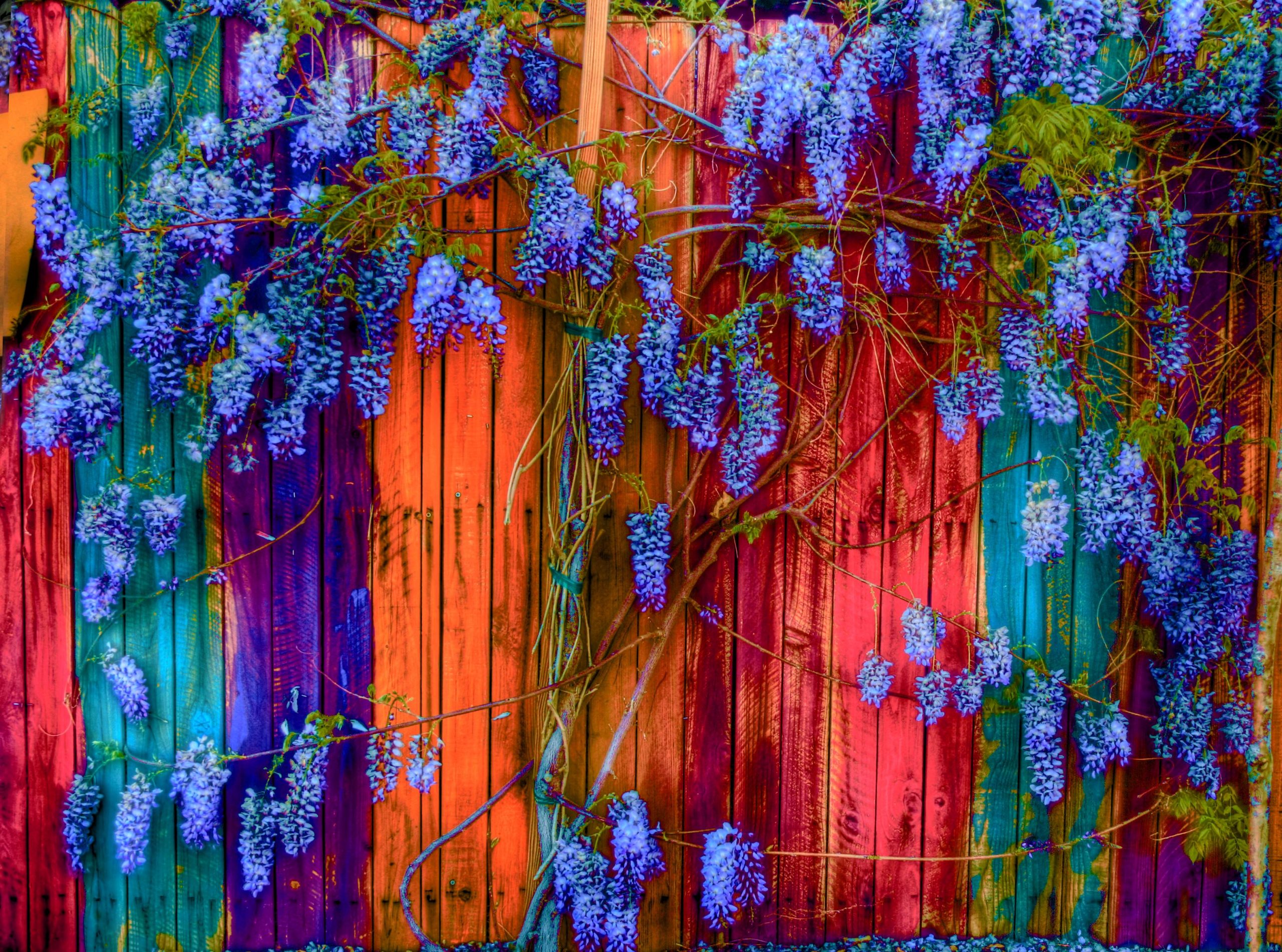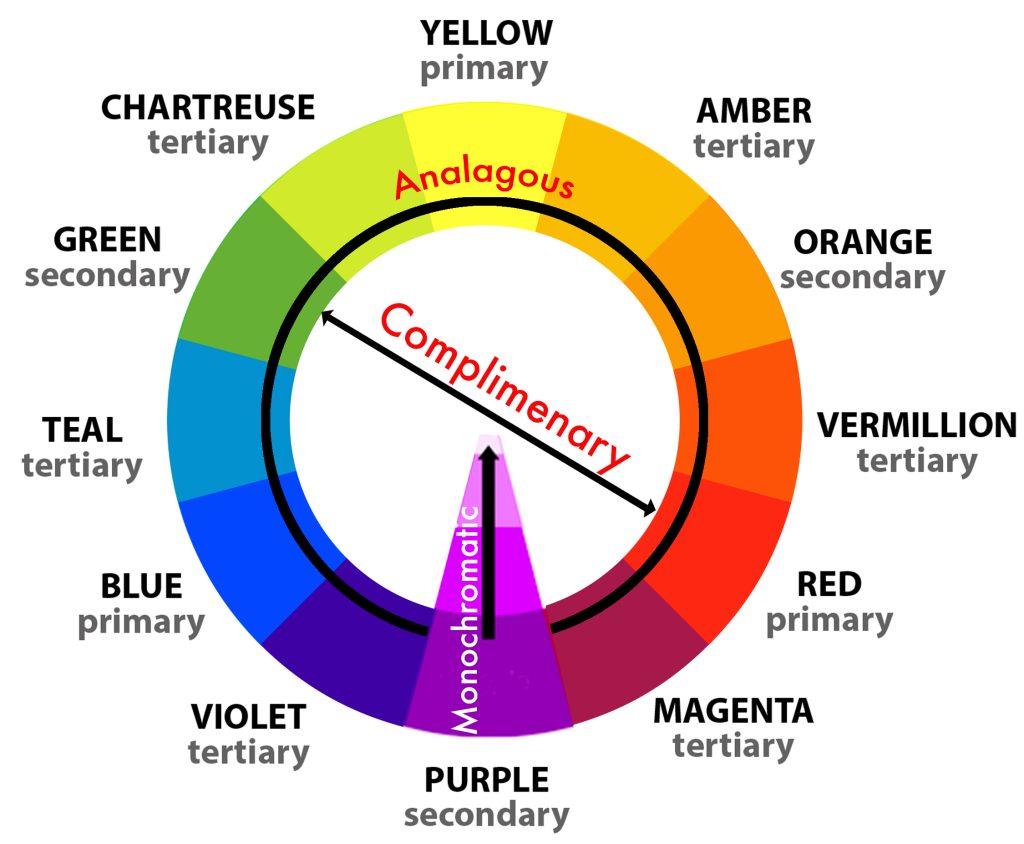5 Color in your images
Using colors effectively in your photographs
Understanding Color Theory

Color theory is a fundamental aspect of photography that involves the use of colors to create aesthetically pleasing and impactful images. Understanding how colors interact and how they can be combined is essential for creating visually engaging photographs. In this chapter, we will explore three main color relationships: analogous colors, complementary colors, and monochromatic colors. By mastering these concepts, you will enhance your ability to use color effectively in your photography.


